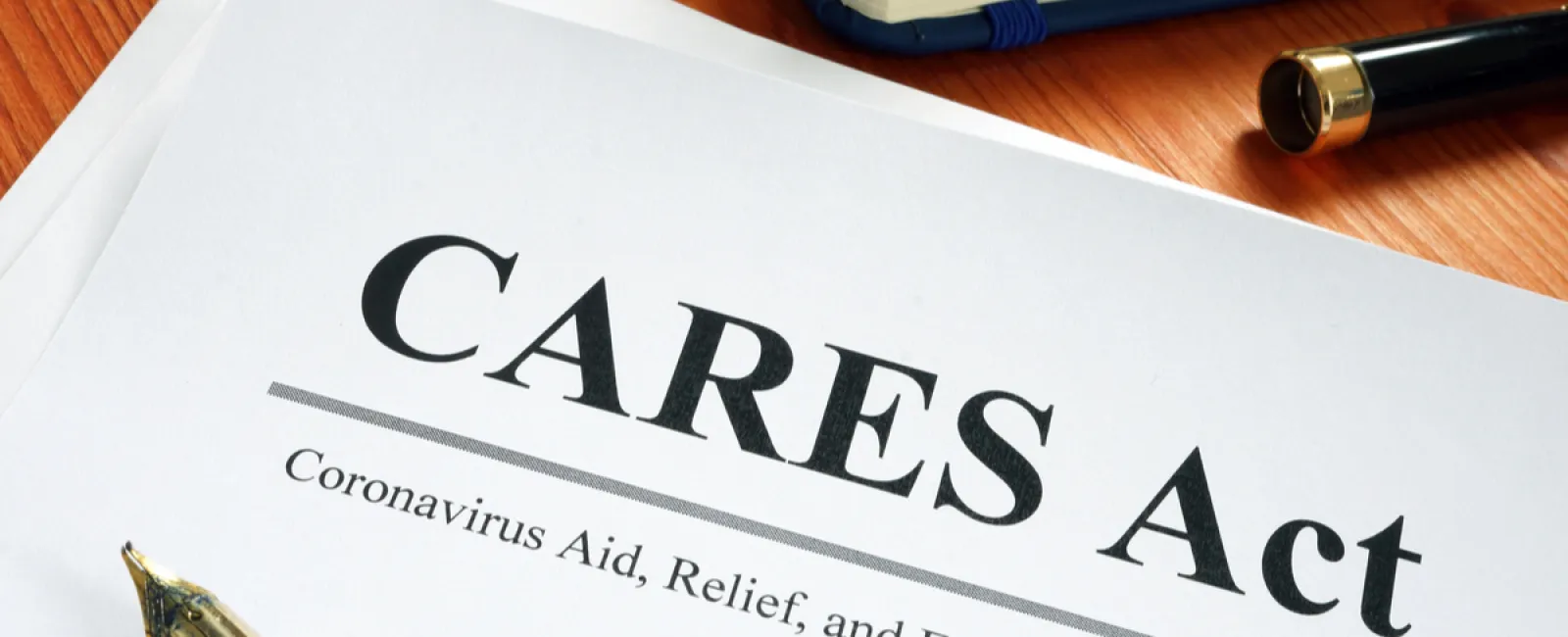More financial relief to individuals and businesses affected by the coronavirus pandemic is expected from Congress in the coming days. This funding is referred to as "Phase 4" a follow-up to the financial assistance provided in the Coronavirus Aid, Relief, and Economic Security (CARES) Act. With more financial aid provided to businesses who have experienced hardships during the pandemic, one can expect that there will also be more requirements to prove that these funds are used appropriately.
Many
of you have received distributions from the CARES Act Provider Relief Fund.
Phase 1 of the General Distribution assisted Medicare providers. Phase 2 is for
Medicaid, CHIP, and dental providers. If you fall into the Phase 2 category and
have not received funds under Phase 1, you can still apply for funding, but
only until August 3, 2020. If you think you might be eligible, act now by
reviewing requirements and the application here.
If
you have received funding, specific steps must be taken to ensure that you
don't have to pay the money back to Uncle Sam. You will need to attest to the
Terms and Conditions through the attestation portal for your specific
funding source. If you kept the money and did not attest to the Terms and
Conditions within 90 days of receipt, you were deemed to have agreed. Whether
you agreed on your own or were deemed to have agreed, we want to make sure you
understand what you agreed to.
The
Terms and Conditions state that funds will only be used to prevent, prepare
for, and respond to coronavirus. The payment will reimburse the recipient only
for healthcare-related expenses or lost revenues that are attributable to
coronavirus. Although this might sound restrictive, HHS provided more details
about what can be included. And, it's broader than you might expect. HHS
includes, but does not limit expenses to:
- Supplies used to provide
health care services for possible or actual COVID-19 patients
- Equipment used to
provide health care services for possible or actual COVID-19 patients
- Workforce training
- Reporting COVID-19 test
results to federal, state, or local governments
- Building or constructing
temporary structures to expand capacity for COVID-19 patient care or to provide
health care services to non-COVID-19 patients in a separate area from where
COVID-19 patients are being treated
- Acquiring additional
resources, including facilities, equipment, supplies, health care practices,
staffing, and technology to expand or preserve care delivery
- Developing and staffing
emergency operation centers
https://www.hhs.gov/sites/default/files/provider-relief-fund-medicaid-chip-factsheet.pdf
Another
essential aspect to remember is that you cannot use this funding for expenses
or losses reimbursed from other sources. This means that if you receive funds
from the Paycheck Protection Program in addition to the funds from the Provider
Relief Fund, you need to account for expenses separately. This brings me to my
next point, reporting.
If
your organization received more than $150,000 in total funds, under any
combination of sources (CARES Act, FFCRA, PPP, etc.), you are required to
submit a report to HHS and the Pandemic Response Accountability Committee no
later than ten (10) days after the end of each calendar quarter. This report
must account for how the money has been allocated for each program or activity
related to the coronavirus pandemic. In addition to this reporting, HHS can
request additional reports to determine compliance with the conditions that go
along with these payments.
The bottom line is you must keep good records of how any funds received during the
pandemic are being allocated. Which means you need to determine what part of
your overhead can be attributed to the pandemic. When considering your
overhead, think about the following:
- Do you have to provide additional training for your workforce?
- Did you create policies and procedures based on a change in the way you are providing services?
- Did you have to purchase additional supplies to protect your employees, your patients?
- Do you have to seek advice to determine how to implement new regulations?
If
you did any of these things, more than likely, there was a cost attached. It is
imperative that you track not only these expenses but also lost revenue
attributable to COVID-19 and tie them to a specific funding source.
We
realize that navigating the rules associated with this financial assistance, as
well as COVID-19 in general, can be challenging. That's why Healthcare
Compliance Pros continues to provide ongoing updates and information about the
ever-changing landscape of the coronavirus pandemic.
For
more information on how Healthcare Compliance Pros can assist your organization
with COVID-19 and all your compliance needs, please reach out to us at 1-855-427-0427 or Schedule a Free Compliance Consultation with one of our experts.

